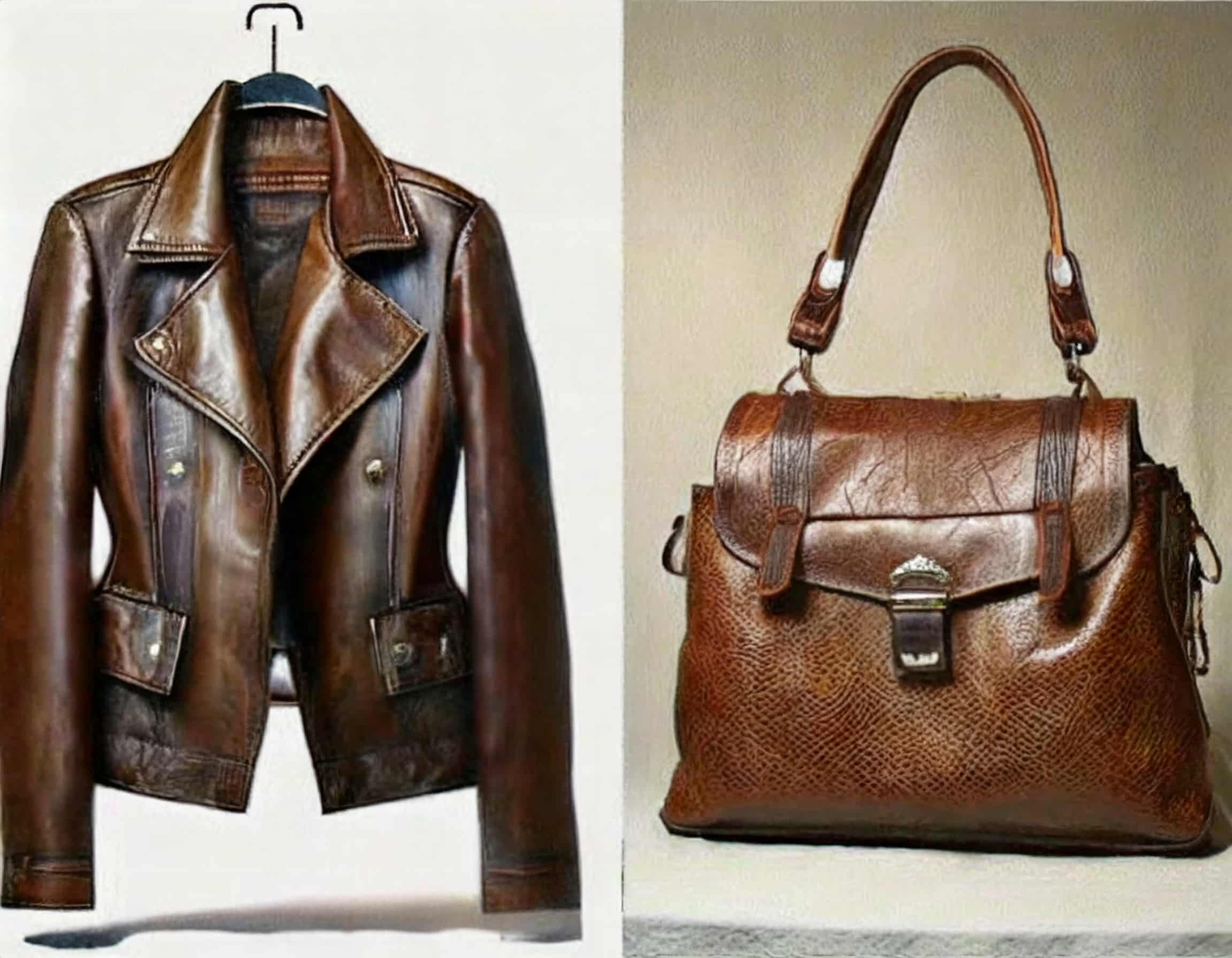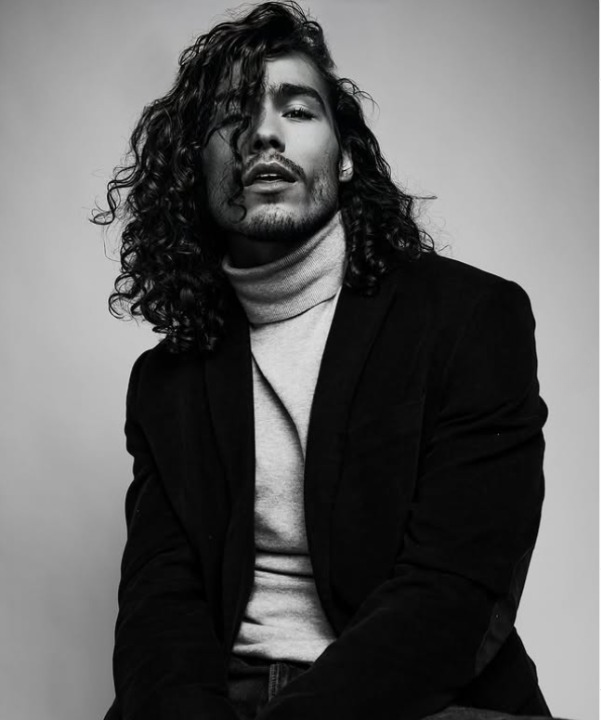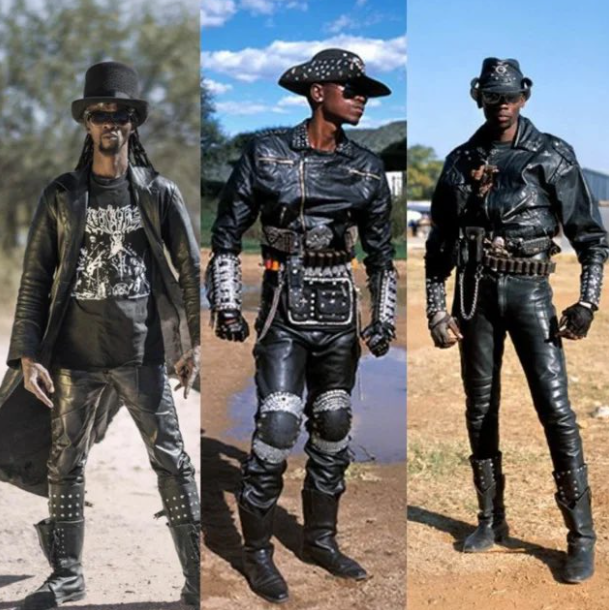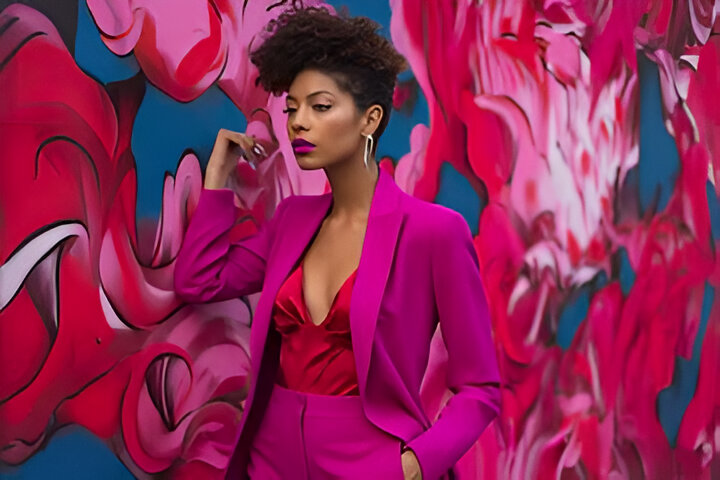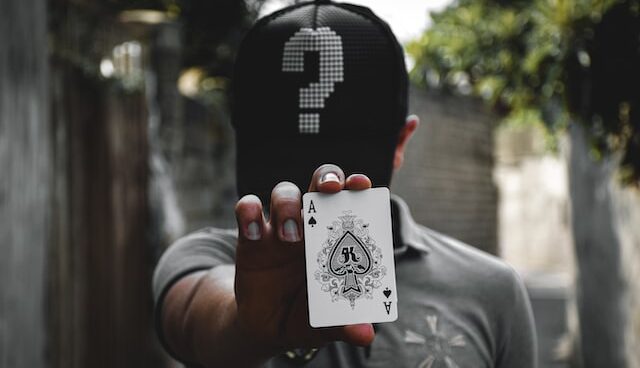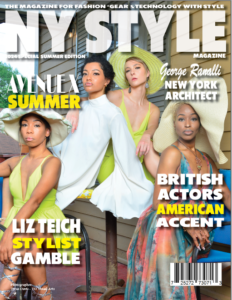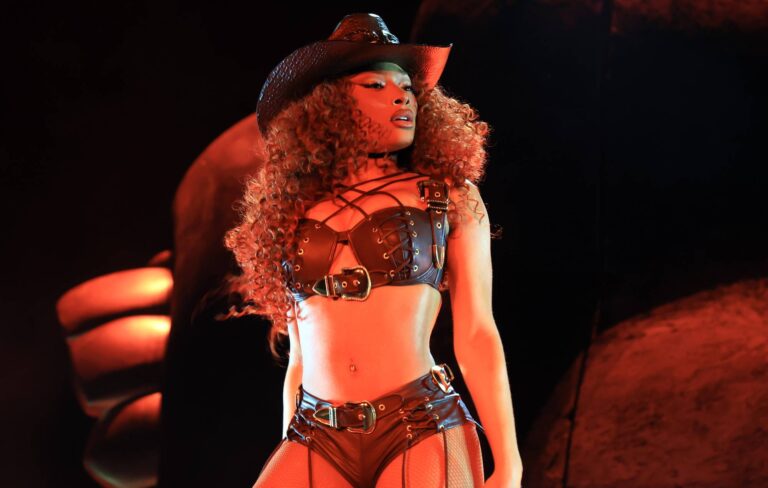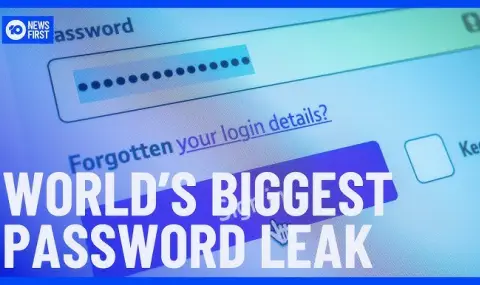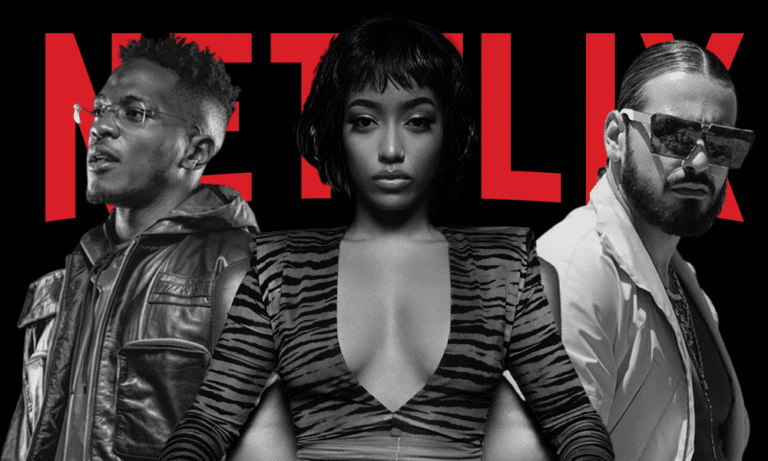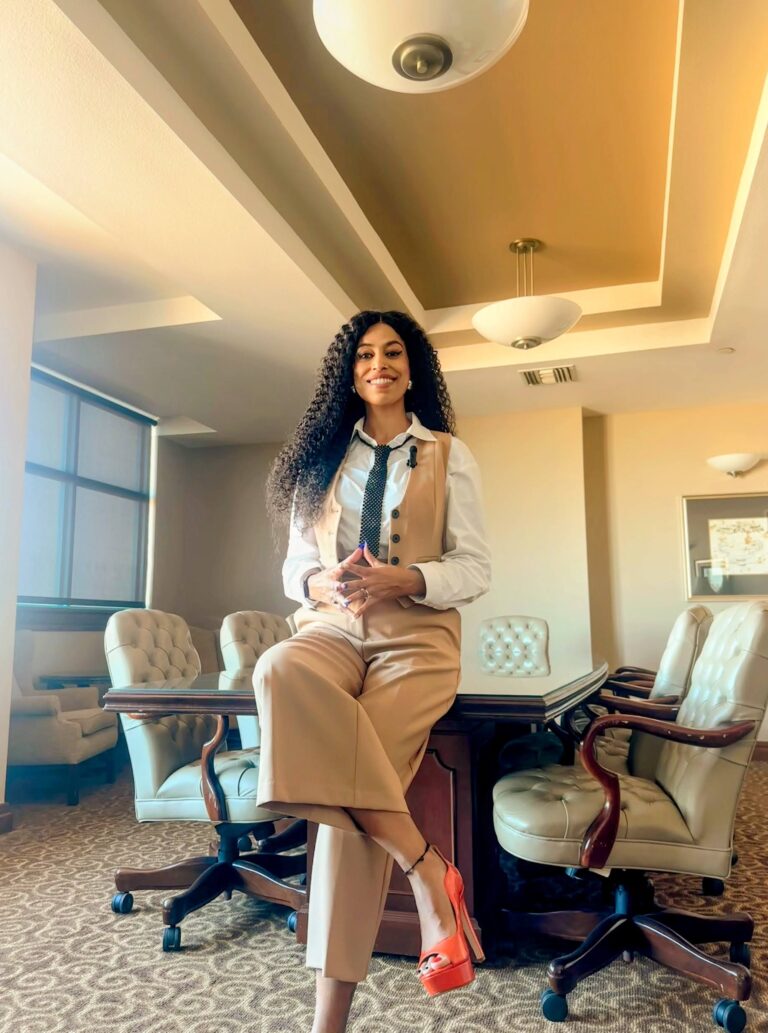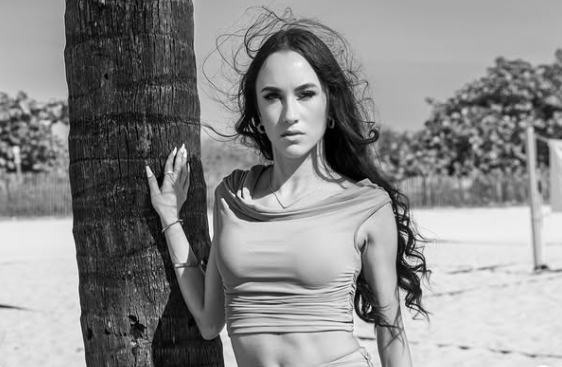The modern version of upcycled fashion has been around for at least 10 years, but I have to admit, I didn’t give it much attention until I saw TikTok videos of Brittany Ellis showing off her sewing skills and upcycling what most people would hide or forget about in the far back of their closets. Brittany has been sewing pieces together since she was 13 and intuitively knows what a blouse, jacket or jersey can be transformed into.
Upcycling is more than a mere trend; it’s a creative solution to the industry’s habit of producing waste. “Upcycling, also known as creative reuse, is the process of transforming by-products, waste materials, useless, or unwanted products into new materials or products perceived to be of greater quality, such as artistic value or environmental value,” says Danny Seo, environmental lifestyle expert. Unlike recycling, which degrades the quality of materials, upcycling involves innovation to add value, creating a product superior to the original.
But what makes upcycled fashion so revolutionary, and why is it garnering such acclaim in the contemporary market?
The Designer-Customer Collaboration
A significant aspect of upcycling’s appeal lies in its ability to foster a unique bond between designers and consumers. In the traditional fashion retail model, there’s an evident disconnect between production and purchase. Upcycling, however, by its very nature, encourages a story, and a dialogue and often involves consumers on a personalized level.
Designers working on upcycled pieces often engage with customers one-on-one, to tailor a unique product. Whether it’s transforming a parent’s vintage wedding dress into a modern piece or recreating a sentimental garment, there’s an emotional value embedded in the upcycling process. This narrative is increasingly attracting consumers seeking meaningful, eco-conscious purchases.
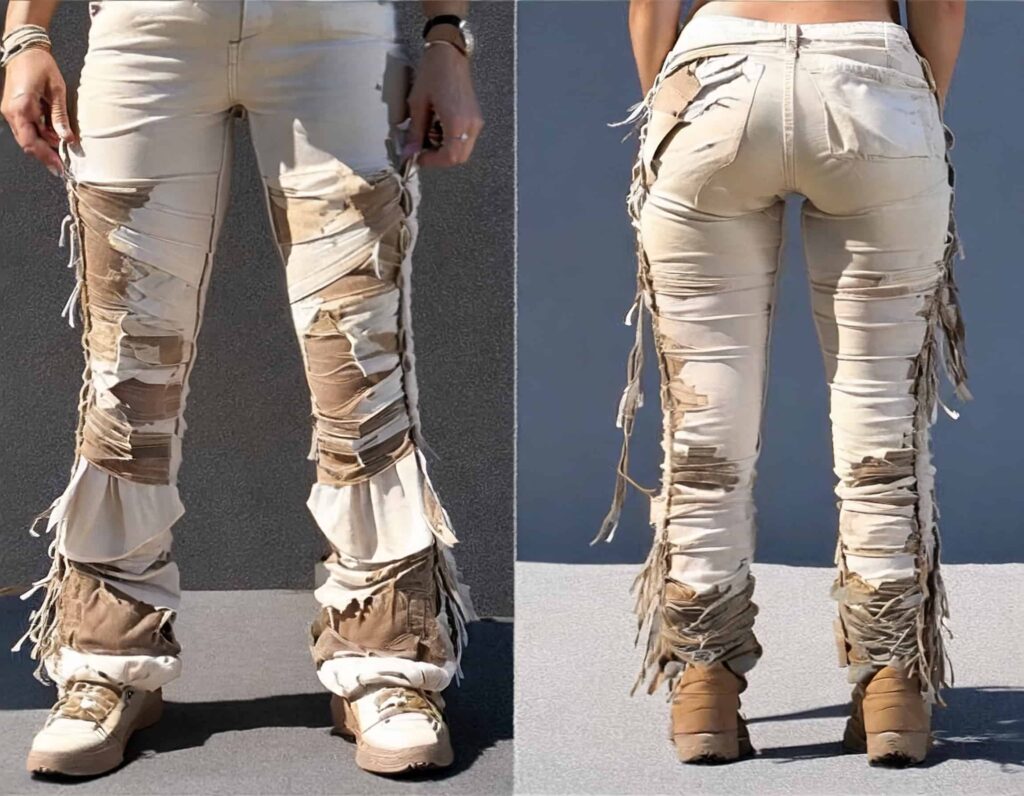
Annching Wang, a fashion designer and consultant, emphasizes this unique relationship: “In an upcycled fashion scenario, the customer becomes a collaborator. They are often part of the design process, influencing how an item’s history can inform its future. This personalization isn’t just bespoke fashion; it’s about preserving stories and individuality in an industry often accused of homogenization.”
Indeed, upcycling’s inherent personalization elevates shopping from a transactional experience to a relational one. The process caters to a growing demographic that craves authenticity, contributing to a brand’s appeal and customer loyalty.
Revolutionizing Retail: Online and Brick-and-Mortar Stores
Given the unique nature of upcycled garments, retail spaces—both physical and digital—stand to benefit significantly from incorporating these items into their offerings. Each upcycled piece’s uniqueness presents an opportunity to revolutionize how products are showcased, creating a shopping experience that emphasizes quality, exclusivity, and sustainability.
For online retailers, upcycled fashion offers advantages that other products don’t. These pieces, with their individual stories and features, naturally create engaging content for online platforms. Retailers can use these narratives to enhance their marketing strategies, telling a story about each piece and thereby fostering a more profound connection with customers. In an e-commerce landscape often criticized for its lack of personal touch, upcycled fashion items offer a touch of humanity and realism.
Brick-and-mortar stores also stand to gain from this trend. The inherent uniqueness and limited quantity of upcycled products create a ‘limited edition’ appeal. Stores can leverage this by hosting exclusive events, trunk shows, or designer meets for their clientele, thereby offering experiences that online platforms can’t replicate. Furthermore, the sustainable and ethical aspects of upcycling can help bolster a store’s brand image as a responsible and forward-thinking establishment.
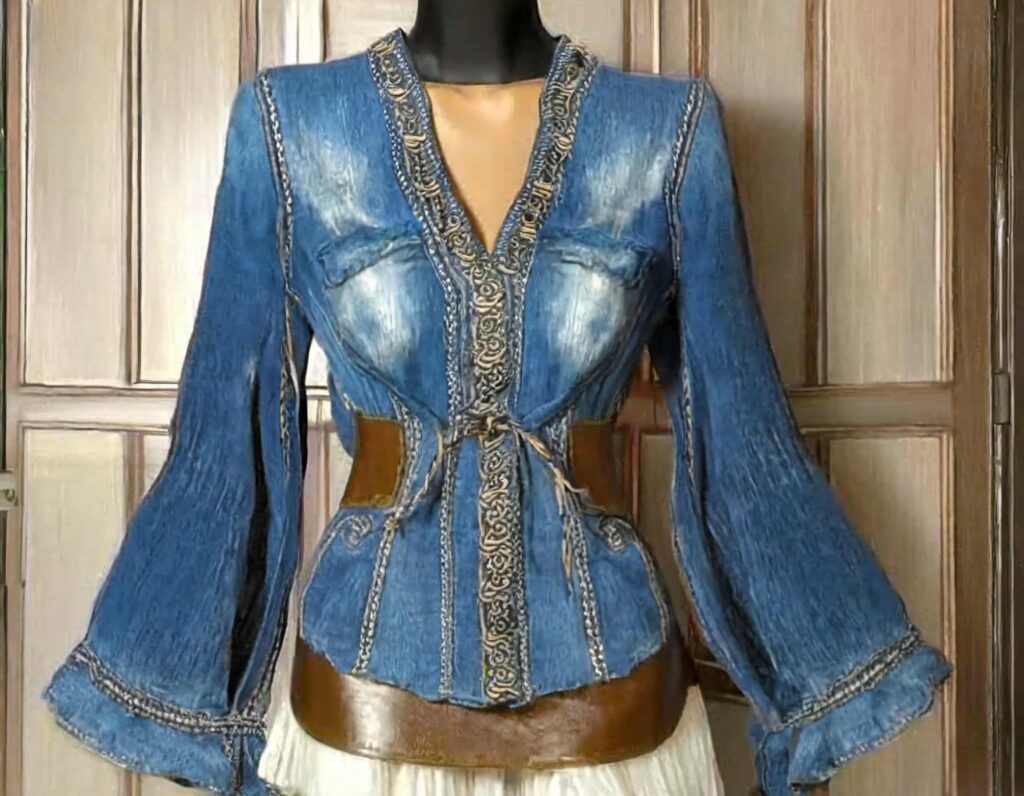
Sustainable fashion advocate and writer, Alden Wicker, expresses, “Stores selling upcycled fashion aren’t just retail spaces; they’re galleries, education centers, and community spaces. They invite an ongoing conversation about sustainable living and conscious consumption, appealing to a demographic that values quality and ethics over quantity.”
By fostering a community around sustainable practices, physical stores can create lasting relationships with their customers, encouraging repeat visits and word-of-mouth advertising.
Looking Ahead
Designers like Brittany Ellis and others who take upcycling fashion to the next level represent hope—a creative, intelligent, and viable solution in the urgent quest for sustainability. It proves that the industry can reinvent itself, and that fashion, in all its glamour and glory, can be a force for positive change. As we stand at this intersection, the path forward is clear. Upcycling isn’t just a trend; it’s the future.

